Roots of Education

Although the preparation of teachers was not a stated objective of the university at its establishment, Texas A&M has been involved in teacher education from the very beginning.
At the turn of the 20th century, support for Normal Schools to train individuals for teaching in public schools slowly grows in popularity across the state.
While A&M College is not a formal location for a year-round school, in 1900, a bulletin entitled “Summer School and Summer Normal School” is issued to train high school graduates for teaching in public schools on the A&M campus.
In 1904, a new faculty member in the Department of Horticulture, E. J. Kyle, begins to call for better training for agricultural and vocational teachers across the state. Six years later, he becomes dean of the School of Agriculture and teaches the first course in Agricultural Education in 1911. A teacher certification course is created in 1913.
The Vocational Education Act of 1917 provides federal funding for agricultural, domestic science, and industrial education programs in the high schools, and for the college-level preparation of teachers in these subjects. This funding leads to the creation of the Department of Agricultural Education and, subsequently, the School of Vocational Teaching.
CEHD History
Growth and Redefinition

World War II brings significant changes on campus. Four hours of physical training are required of all A&M cadets. The Department of Physical Education helps prepare students for combat through physical training courses. Faculty and staff in the newly combined Department of Education and Psychology provide career and vocational counseling for students.
A different concept of education is acknowledged through the late 1940s and early 1950s. Administrators, faculty and state leaders begin to understand that producing qualified teachers for high schools leads to the production of better students to fill the departments of A&M College.
Using their G.I. Bill, many Veterans in education roles travel to campus in the summer to complete Master’s degrees. This leads to many institutions and boards of education to recognize the benefit of attaining graduate degrees for those serving in administrative capacities.
The early 1960s are a period of intense change across the nation and on campus. Beginning in 1963, women are finally allowed to enroll in limited numbers at A&M College. Many of these women are admitted to the Department of Education and Psychology to complete the required work for teacher certification. The next year Texas A&M is racially integrated expanding access to education for African American students in the state.
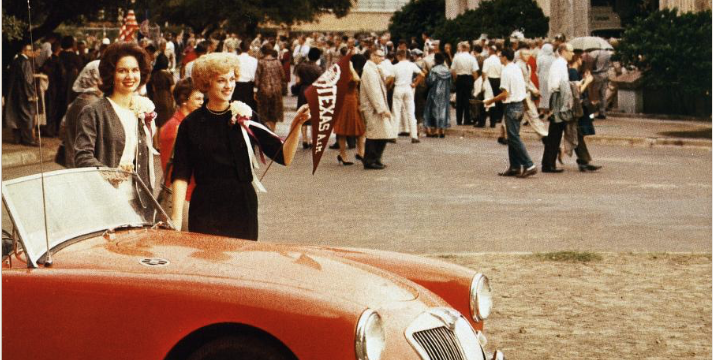
As the student population grows, so do programs offered. The department is large enough that it takes over the fourth floor of the Academic Building. G. Rollie White Coliseum is built in 1964 and is heavily utilized by the Department of Health and Physical Education. Informal talk begins of creating a College of Education fueled by the steady growth of the student population and interest in education programs.
CEHD History
A New College
The catalyst for the formation of the College of Education is when Frank Hubert, then the Dean of the College of Liberal Arts, receives an offer from the University of Texas to join its faculty.
When he returns to A&M to speak to President Rudder about the offer, Rudder offers to create a new College of Education at Texas A&M.
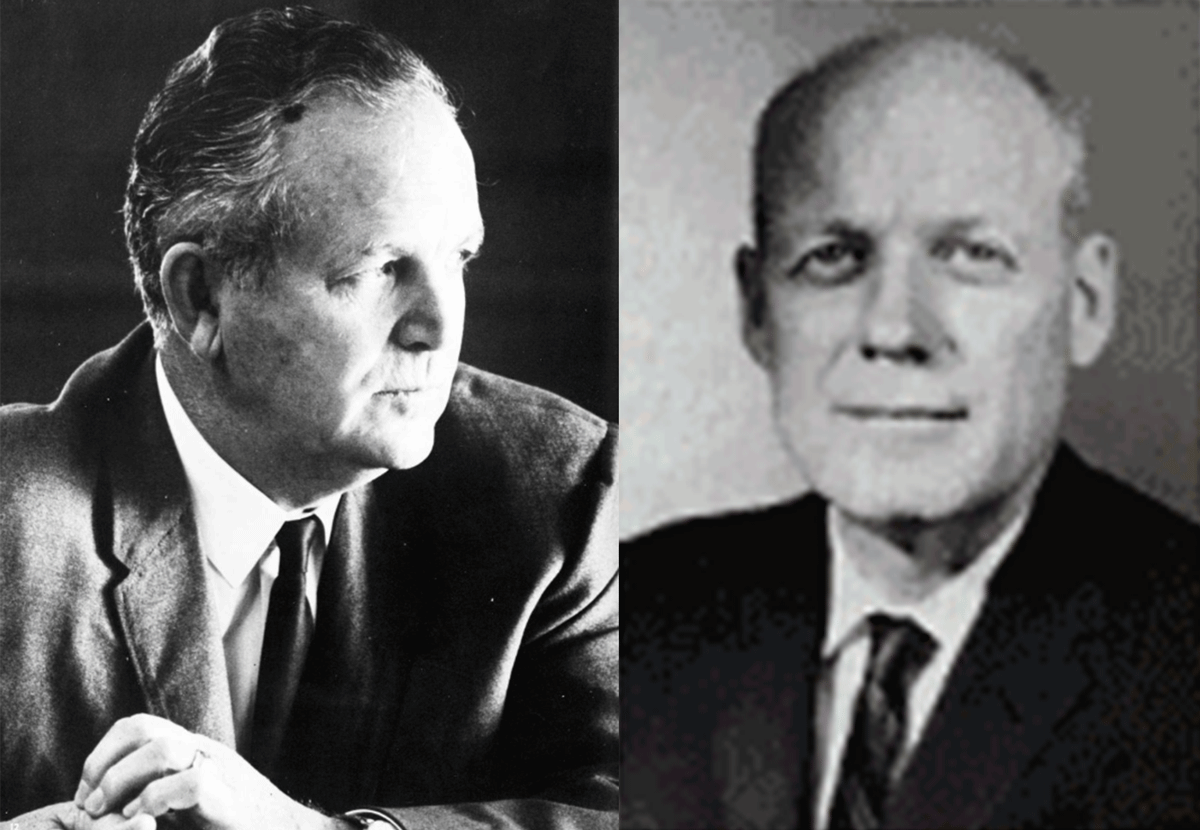
Within 24 hours, Hubert presents him with a summary of what would be needed to create a college. The following day Rudder calls with his support to move forward.
In July, the Coordinating Board and the Texas A&M University System approves the creation of the College of Education. Frank Hubert is selected as Dean.
On September 1, the college officially opens its doors and includes the Departments of Educational Administration, Educational Curriculum and Instruction, Educational Psychology, Health and Physical Education, and Industrial Education. Agricultural Education is jointly administered by the College of Education and the College of Agriculture. In its first semester, the College of Education enrolls 1,307 students. This includes 694 graduate students and 613 undergraduate students.
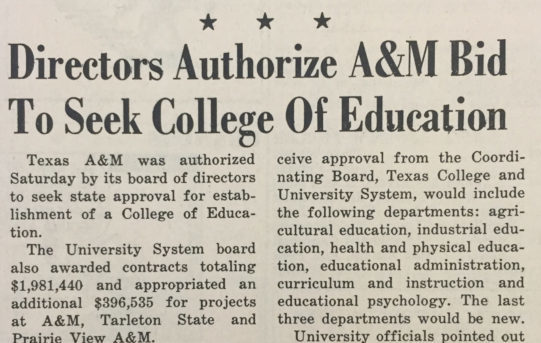
Four years after its creation, the College of Education moves from the Academic Building to the tower of the M.T. Harrington Education Center named in honor of former student, president, and chancellor of the Texas A&M University System, M.T. Harrington. The $3.5 million facility provides classroom and office space for the Colleges of Education, Liberal Arts and Science.
In the 1970’s, the college focuses on developing a strong, cohesive college by recruiting faculty from major research universities across the nation and by building quality programs. College faculty and staff also begin researching innovations in technology and how it could be incorporated to improve education and health outcomes.
The strong foundation developed in the first decade created momentum for continued success. By the mid 70s, the college is established on campus as a leader both in the preparation of students and advancement of research. In 1977, the National Council for Accreditation of Teacher Education accredits every program in the college, even at the doctoral level.
CEHD History
Support for Inquiry

An advertisement for a new dean of the College of Education appears in the Chronicle of Higher Education that lists "evidence of innovativeness" as a required qualification. A copy of the ad appears mysteriously on the desk of Dr. Dean C. Corrigan, then dean of the College of Education at the University of Maryland.
Soon after, he receives a telephone invitation from Haskell Monroe, Dean of Faculties at Texas A&M, to visit the campus. Dean C. Corrigan became dean of the college in 1980. Corrigan keeps this ad folded in his wallet for many years afterward.
Under his leadership, the college revises its degree programs in response to the educational reform movements. Dean Corrigan challenges the faculty to form Centers of Inquiry within the college. Within these units, faculty work collaboratively to study policy and programs related to technological literacy; adult development; the role of educators in industry; multicultural and international education; and special needs programs related to aging, bilingual education, gifted and talented education, and individuals with disabilities.
With the creation of the Dean’s Development Council in 1982, new funding from corporate and private foundations gives an additional boost to college researchers to explore new ways to meet the challenges of the decade.
One of the charter members of the council and NASA Astronaut, Dick Scobee, helps fund an innovative scholar loan program which leads to the college becoming a leader in the state and nation for producing the most teachers for the fields of math and science.
CEHD History
Champions for Diversity

Early in Corrigan's first term, Grace Chisolm, faculty in the Department of Educational Administration, becomes the first black woman to become full professor. Other faculty follow and programs are established within the college to support educational success for students from underrepresented populations thanks to the efforts of the Office of Minority Student Services and the Minority Mentorship Project.
Corrigan understood that the same importance of diversifying teachers in schools across the state should be placed on the A&M campus. The college needed to diversify its faculty in order to foster learning for all students.
The college is also focused on increasing its national reputation and visibility as well as external funding from foundations and government. The college makes Texas A&M history in 1991 by appointing its first female dean, Jane Stallings.
In response to state legislation passed in the 80s regarding education courses, the Department of Health and Physical Education changes its name to the Department of Health and Kinesiology. Motor learning is required of all undergraduate kinesiology majors for the first time and previously required coaching classes become elective. In health, community health became the dominant specialty of students.
CEHD History
Connecting with Communities
Jane Stallings’ reputation as a leader in educational research and the passionate culture of inquiry established by Dean Corrigan led the faculty to more than triple their research funding by the summer of 1992.
Whether through expertise in early childhood education, teacher preparation, health equity, adult literacy or school administration, the college enters the 90s in a unique position to affect change across the state and develop models for national scale.
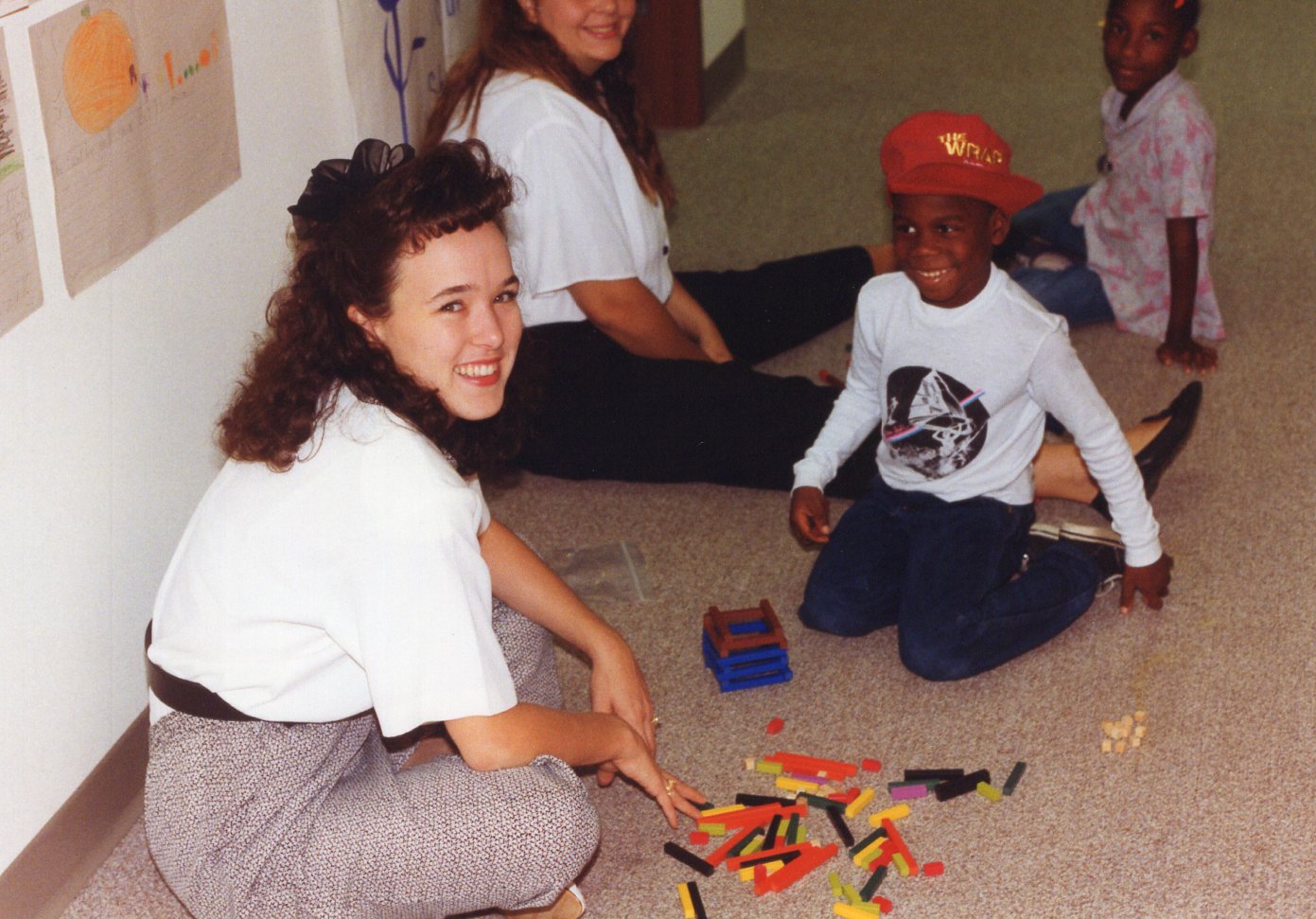
Researchers establish programs to directly support schools and communities across the state as well as the individuals within them. Initiatives include the Accelerated Schools Collaborative Network, the Principals’ Center, the Center for Distance Learning Research and the Center for Alcohol and Drug Education.
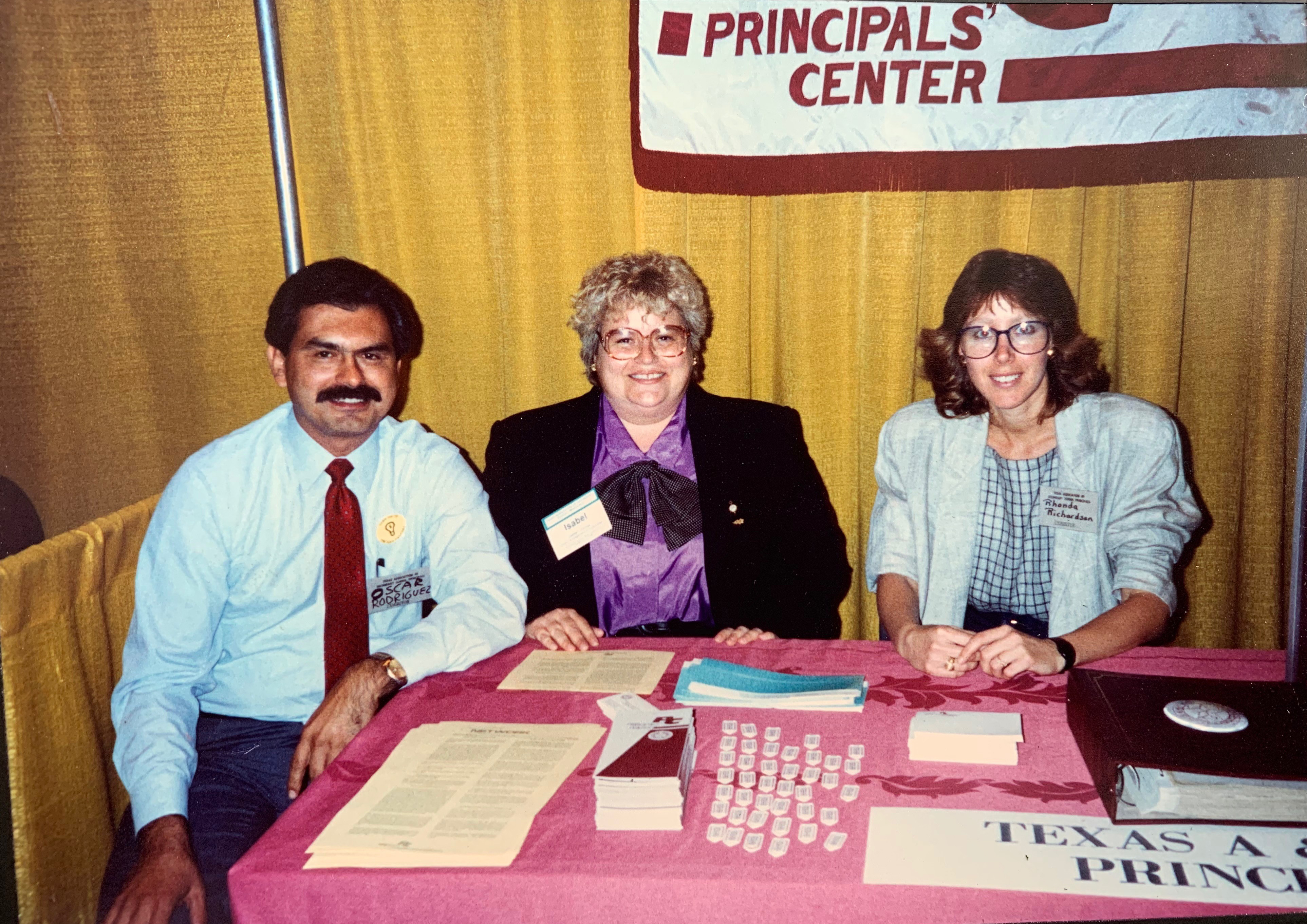
Jane Close Conoley becomes the fourth dean of the college in 1996. She is known for her ability to successfully collaborate and communicate across campus and beyond. She began her first term with goals to increase the college endowment, embrace and develop web-based graduate programs, and attract and retain high quality faculty and staff.
CEHD History
Shaping the Future
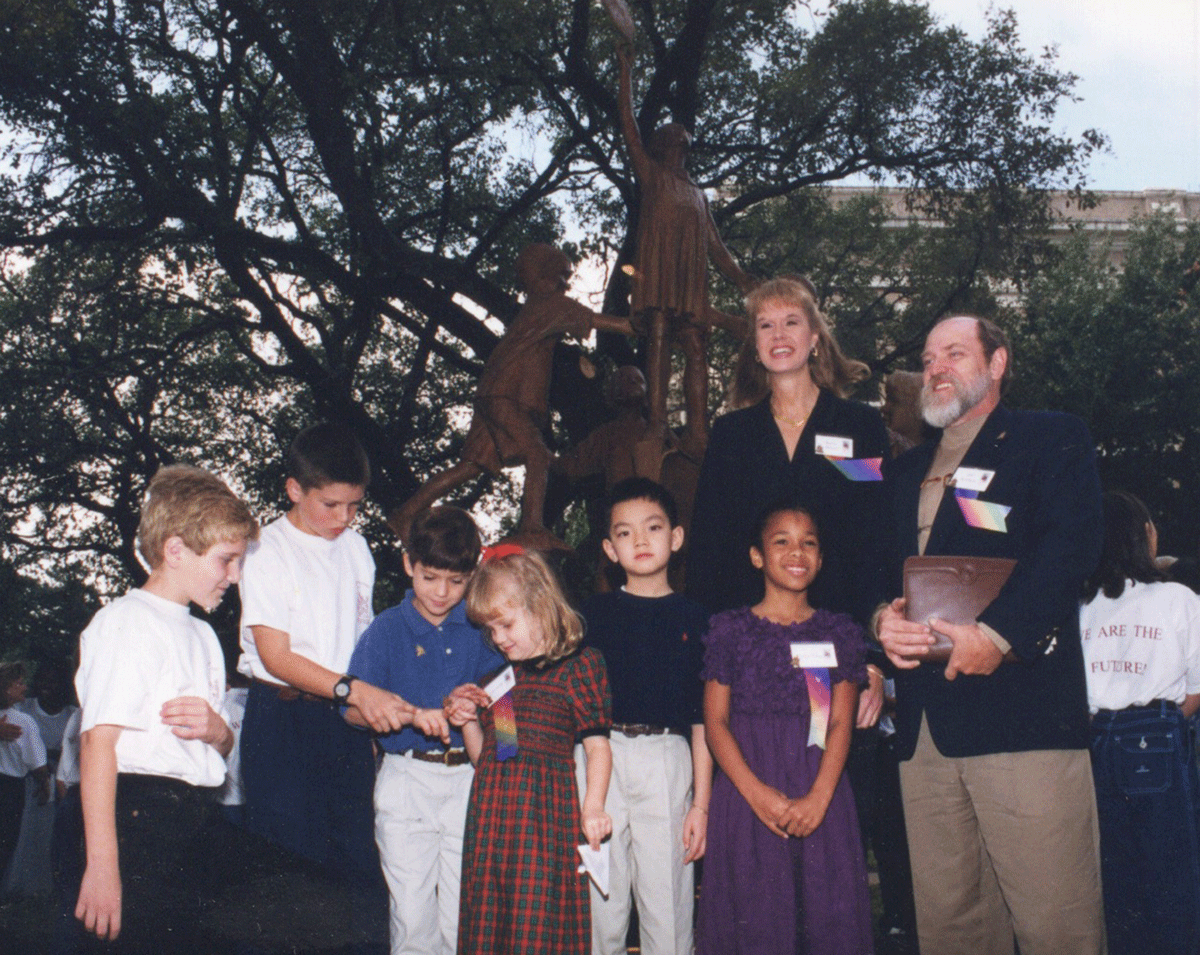
Under the continued leadership of Dean Conoley, the college significantly increases its endowment and makes technological and physical improvements to its facilities. The college is successful in recruiting more high-quality faculty and students from underrepresented populations than ever before.
On October 30, 1999, the college celebrates its 30th anniversary. During the celebration of the college, the “Shaping the Future” sculpture is unveiled in Harrington Plaza. The sculpture represents the impact teachers have in shaping and molding the lives of students and is the first on the A&M campus to feature a woman in a prominent role.
On September 26, 2002, the college is renamed to the College of Education and Human Development to reflect the full scope of academic programs and restructures to form four departments: Educational Psychology; Educational Administration and Human Resource Development; Health and Kinesiology; and Teaching, Learning and Culture.
CEHD History
Fostering Student Success
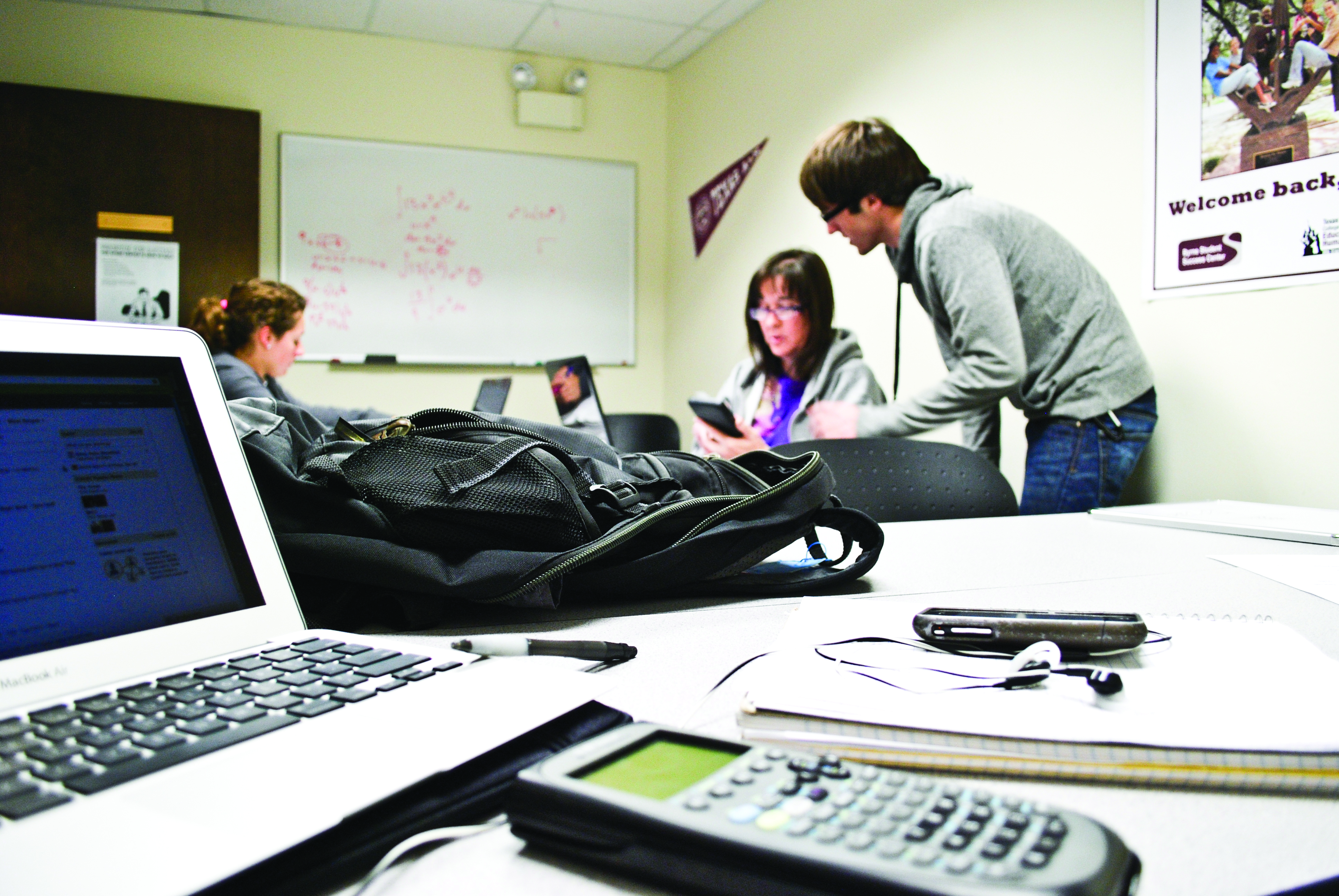
Doug Palmer, who had served as executive associate dean under Conoley, becomes interim dean upon the departure of Dean Conoley. He is eventually appointed as fifth dean of the college and is the only internal candidate to become acting dean. During his tenure, Palmer expands research endeavors and student centered initiatives.
Two new centers of research are approved by the Board of Regents: the Center on Disability and Development and the Center for Sport Management Research and Education. This, coupled with an unprecedented $26 million in new grant awards, set a new boom in discovery and leadership within the college.
The student population grows at an unprecedented rate. In 2005, undergraduate enrollment reached 4,116 students representing a 30% increase since 2000. Initiatives like the Lohman Learning Communities and the Marilyn Kent Byrne Student Success Center establish the college as a leader on campus for student achievement and retainment in their first year.
CEHD History
Global Impact and Service
With budget reductions from the state, the university and college faces many challenges related to resources needed to support teaching, research, and service activities.
Thanks to research funding from local, state, and federal agencies and support from donors and friends of the college, faculty and staff are still able to expand research and service activities locally and globally.
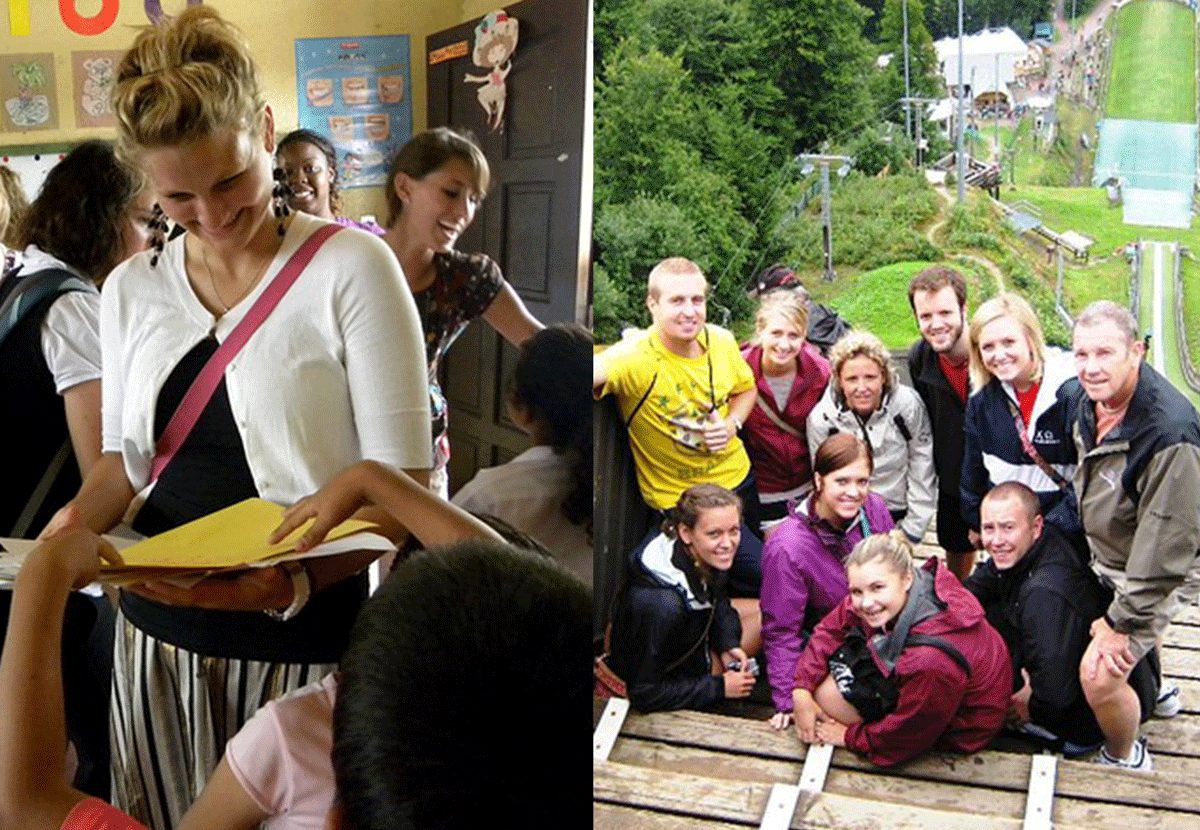
Technology use in the classroom skyrockets. Podcasting, SMART Boards, Second Life, Facebook and Skype become part of the everyday curriculum on campus.
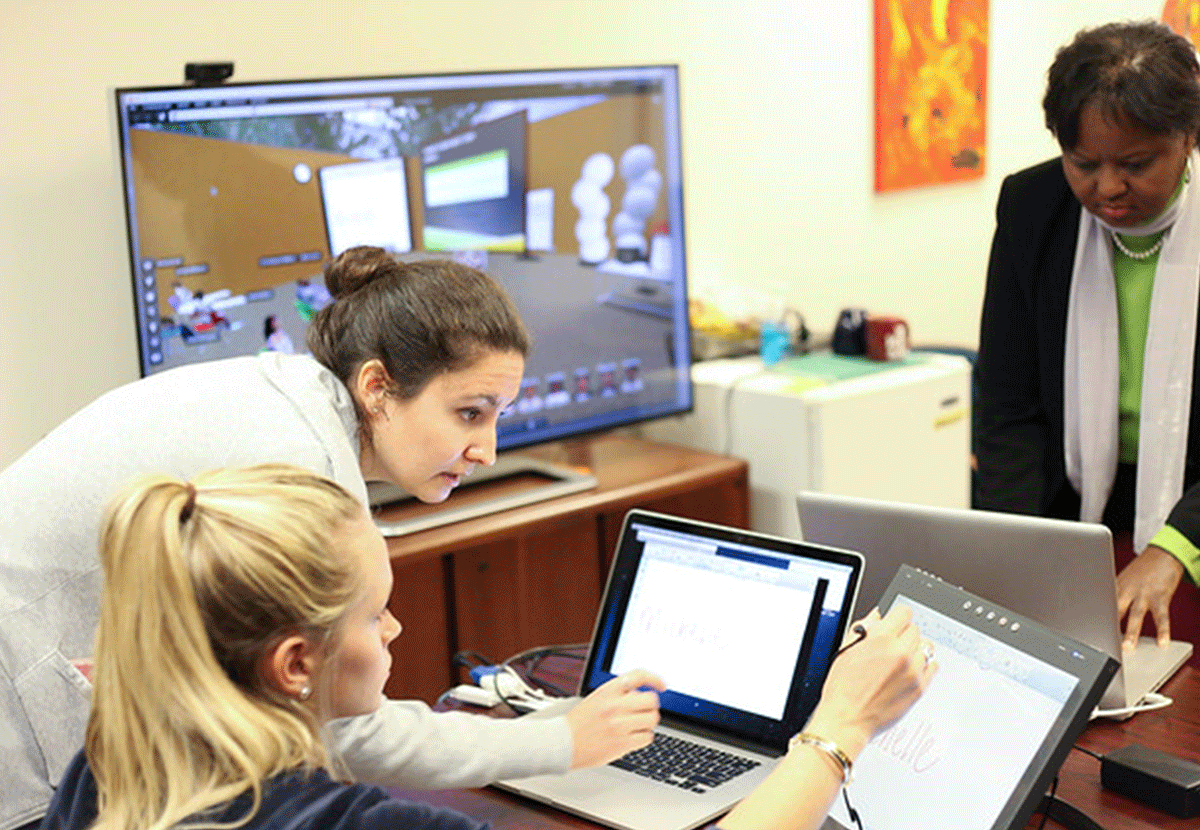
These new technologies inspire faculty and staff develop programs centered around the increasing globalization of society. Online degree program options also expand in response to the growing popularity and success of online education.
In September 2013, G.Rollie White Coliseum and Read Building are demolished as part of the renovation of Kyle Field. Faculty and staff in the Department of Health and Kinesiology are relocated into various buildings around campus. The Physical Education Activity Program moves into a new facility on west campus.
CEHD History
Advancing Translational Research
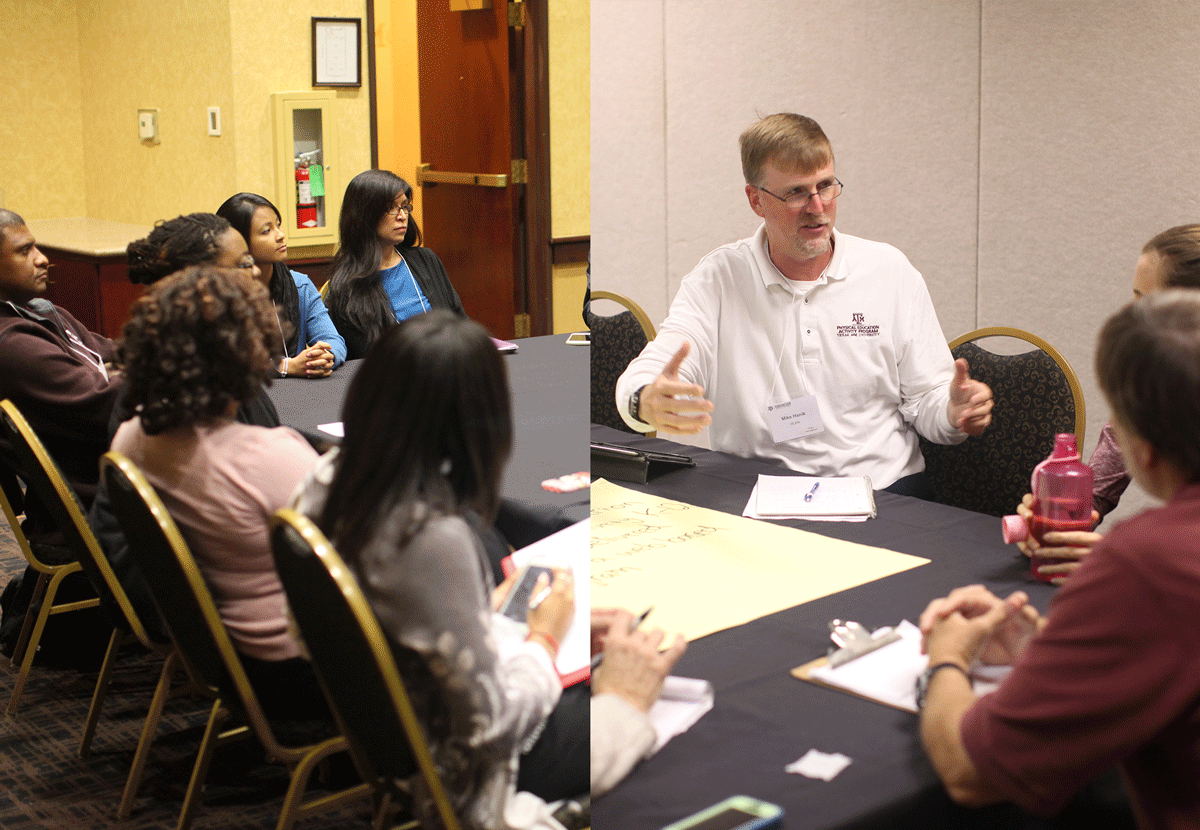
The college experiences continued growth in its undergraduate programs. The Department of Health and Kinesiology alone enrolls more than 3,500 students officially becoming the largest academic department at Texas A&M University.
Joyce Alexander is selected as the sixth dean of the college in 2015. She brings a renewed interest in making a transformational impact on society in response to the changing needs of individuals and communities.
Much like Corrigan in 1980, Alexander brings together the entire faculty for an exploratory retreat to determine strategies for collaboration as well as a vision for the college for the next four years.
From this activity, faculty and staff form interdisciplinary research groups. Many projects result in innovative ideas and programs that can be directly implemented in communities, schools, homes and organizations.
CEHD History
Leading with New Voices
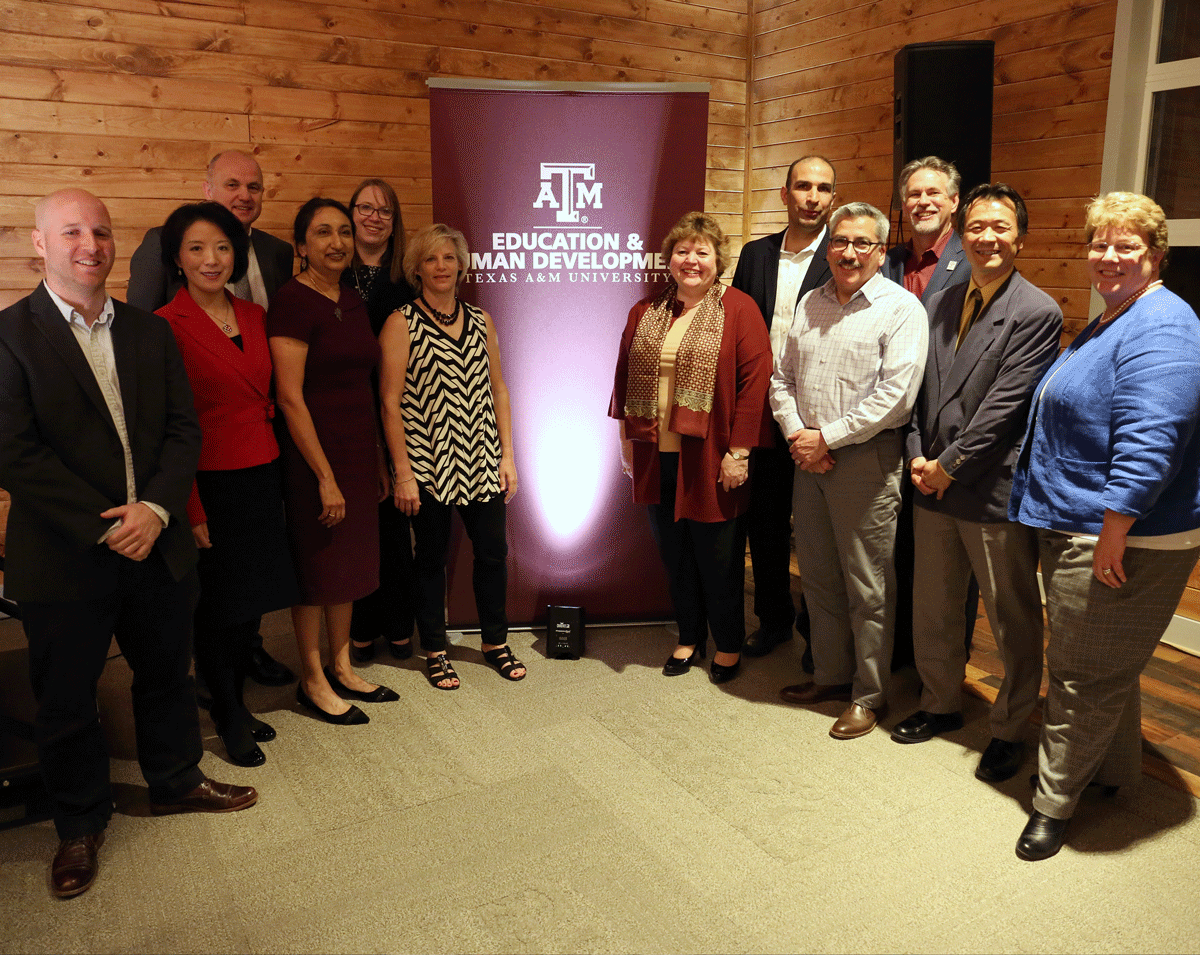
Dr. Alexander inherits many administrative and structural changes put in motion by Dr. Palmer. After two years as dean, the centralization of internal units and resources is complete. The college also selects multiple new department heads and administrators.
The college begins a concerted effort to steady enrollment rates across a number of programs as well as attract and retain new faculty to its programs. Advancements in research and expertise drive the college to raise awareness of the research expertise in our college on a national and international scale.
CEHD History
Investing in our Future
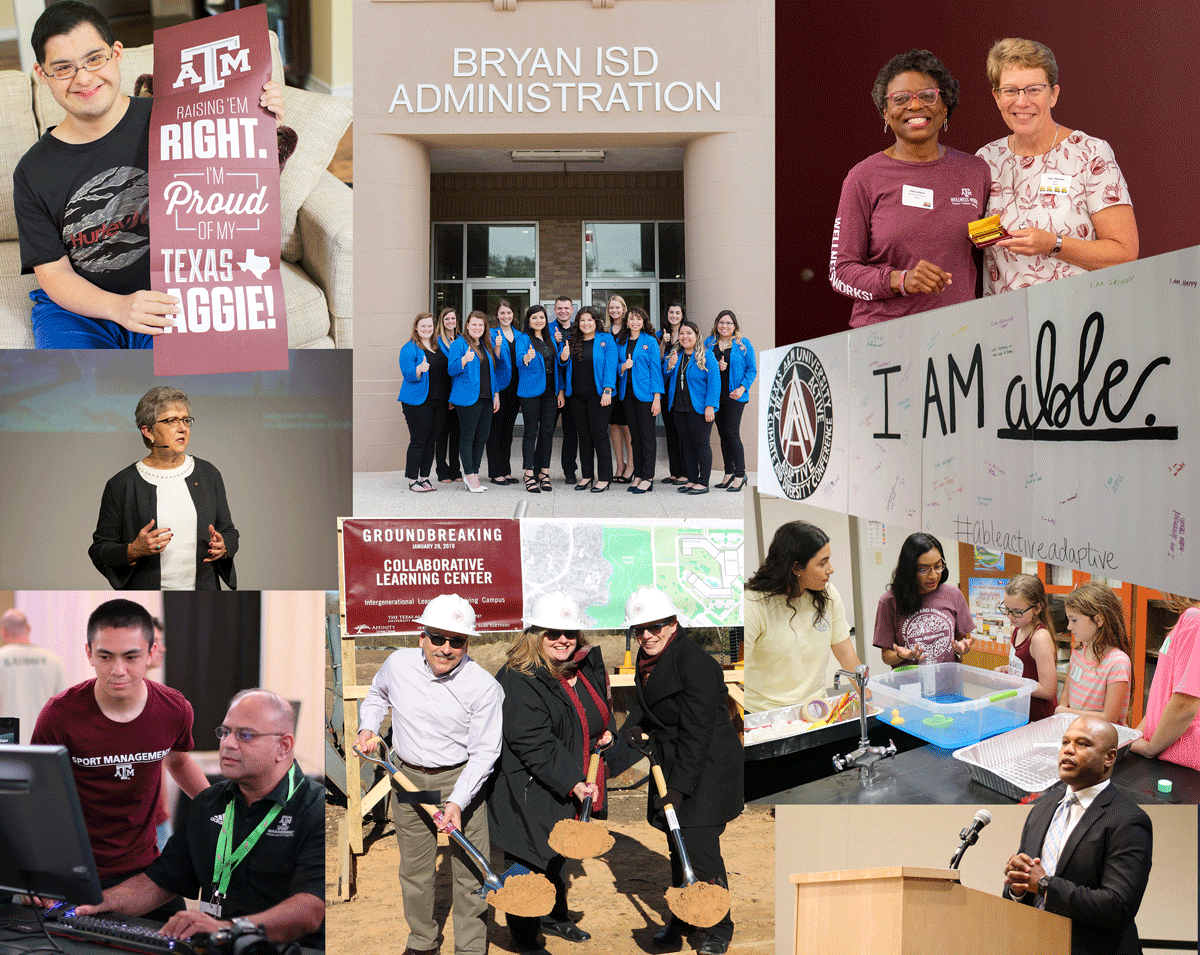
Multiple new grants and awards from major funding sources resulted in research funding totals that more than $40 million in 2019. Private funding and endowments also create opportunities for support at unprecedented levels.
Our programs continually improve in recognition and rankings thanks to the hard work of college leadership, faculty and staff. As a whole, the college is recognized as #16 in the nation by U.S. News and World Report for its excellence in online graduate education and #34 in graduation education overall. Individual programs are also ranked: #13 in Educational Administration, #22 in Elementary Education, #23 in Curriculum and Instruction, and #24 in Special Education.
The vision of each dean, the drive of every faculty and staff member, and the impact of every student has influenced where the college stands today. The college continues its commitment to transforming lives through all aspects of its teaching, research and service.
